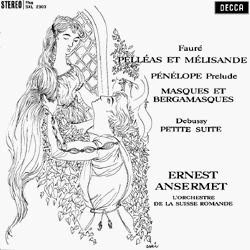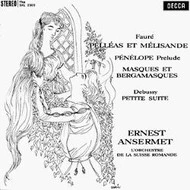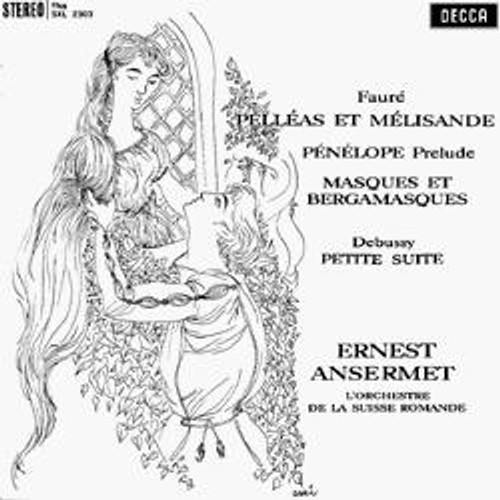Debussy, Fauré, Schoenberg and Sibelius were all under the spell of the Belgian symbolist Maurice Maeterlinck and set his play Pelléas et Mélisande to music in one form or another. Faurés incidental music was the second work, following Debussys opera, to be based on the tragic story of love, jealousy, death, and forgiveness. Faurés veiled, ambiguous harmonies and compositional style reflect in a quite amazing fashion the atmosphere at which Maeterlinck so often only hinted. The Suite op. 80 which Fauré himself put together and orchestrated is quite rightly called his symphonic masterwork. Here, as again in the Prelude to his only complete opera, Pénélope, one can experience the ecstatic, romantic, and, at the same time, refined and delicately woven musical language which often appears somewhat melancholy and veiled. His arching melodies, frequently inspired by Gregorian chant, are tinged with an archaic charm which is also to be found (though less obviously) in his suite Masques et bergamasques. Ernest Ansermet is in his element here conducting the Orchestre de la Suisse Romande who follow their founders every wish and let the colours on the composers palette shine out with delicate brilliance. Debussys Petite Suite is a fitting work to complement Faurés little-known symphonic aspect. This recording is like a precious gem and deserves a place on every collectors shelf.
Selections:
Fauré
1. Pelléas et Mélisande
2. Pénélope Prelude
3. Masques et bergamasques
Debussy
4. Petite Suite
Selections:
Fauré
1. Pelléas et Mélisande
2. Pénélope Prelude
3. Masques et bergamasques
Debussy
4. Petite Suite



 Turntable Accessories
Turntable Accessories Headphone Accessories
Headphone Accessories Cable Accessories
Cable Accessories Vinyl Accessories
Vinyl Accessories Compact Disc Accessories
Compact Disc Accessories









